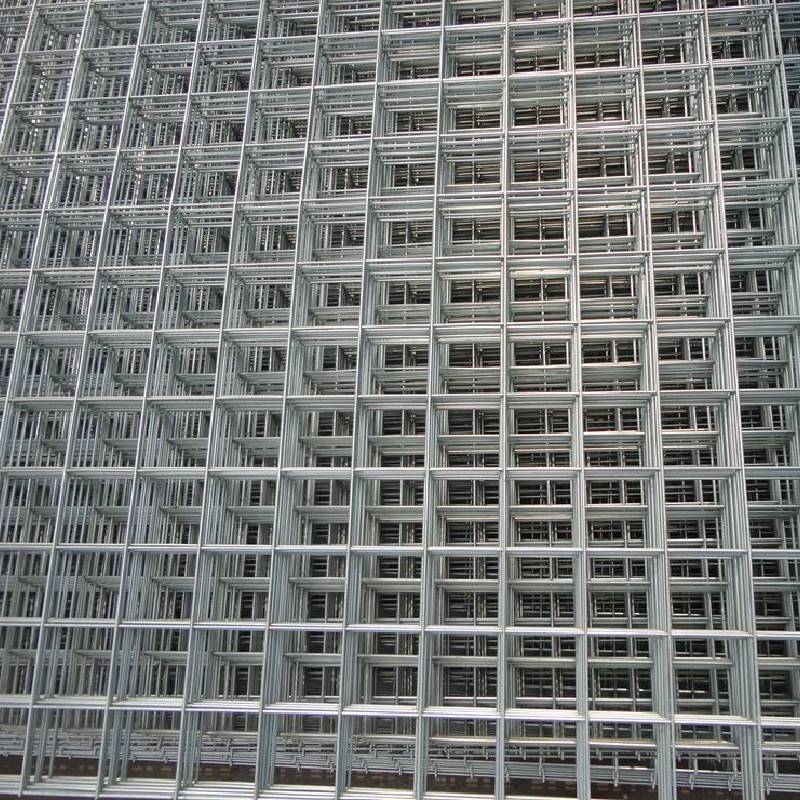
- Mobile Phone
- +8613931874955
- sales@cntcmetal.com
Understanding the Importance of Brick Veneer Ties in Construction and Structural Stability
Understanding Brick Veneer Ties Importance and Functionality
Brick veneer is a popular construction method primarily used in residential and commercial buildings. This technique comprises a single layer of masonry bricks attached to a structural framework, giving the appearance of solid brick construction while utilizing lighter materials and often more cost-effective methods. One crucial element of this construction approach is the brick veneer tie. This article will explore the vital role that brick veneer ties play in maintaining the structural integrity and aesthetic appeal of a brick veneer installation.
What Are Brick Veneer Ties?
Brick veneer ties, often referred to as brick ties, are metal connectors that secure the veneer layer of bricks to the building's structural frame, usually made of wood or metal studs. These ties serve to anchor the veneer to the framing system and provide support against various forces, including wind loads, settlement, and thermal expansion or contraction. The ties are typically manufactured from galvanized steel or stainless steel to prevent corrosion and ensure longevity.
The Functionality of Brick Veneer Ties
1. Structural Support One of the primary functions of brick veneer ties is to provide structural stability to the brick veneer. As the bricks do not bear the weight of the building, these ties help distribute loads evenly and ensure that the veneer does not separate from the frame. This is particularly important in regions that experience high wind speeds or seismic activity.
2. Thermal Movement Accommodation Brick and wood expand and contract at different rates in response to temperature changes. Brick veneer ties allow for this differential movement by maintaining a flexible connection between the brick and the structural frame. This feature helps prevent cracking in the brick veneer due to stress from thermal expansion or contraction.
brick veneer ties

3. Moisture Management Adequate moisture management is vital in any construction method, especially when exposing materials to the elements. Brick veneer ties contribute to a building's drainage system by allowing moisture that enters the veneer to escape, reducing the risk of water-related damage.
4. Aesthetic Appeal Aside from their structural functions, brick veneer ties also play a role in maintaining the aesthetic appeal of the veneer. Properly placed ties ensure that the mortar joints remain consistent, providing a clean and professional finish to the brickwork.
Installation and Maintenance
The installation of brick veneer ties is a crucial aspect of the construction process. Builders typically follow guidelines set by building codes and manufacturers to determine the appropriate spacing and number of ties required for various building applications. Standard spacing is usually between 16 to 24 inches vertically and horizontally, depending on factors such as the height of the veneer and local weather conditions.
Maintaining the integrity of brick veneer ties is also essential. Regular inspections should be conducted, especially in areas prone to extreme weather conditions. Any signs of corrosion, looseness, or failure of the ties should be addressed promptly to prevent potential structural issues.
Conclusion
Brick veneer ties are a fundamental component of brick veneer construction, providing necessary support, accommodating thermal movement, and aiding in moisture management. Their importance cannot be overstated in ensuring the safety, durability, and visual appeal of brick veneer systems. As building practices evolve, the persistence of brick ties in construction will remain a vital topic for homeowners, builders, and architects alike, underpinning the necessity of reliable techniques in modern architecture.
share:
-
Your Source for Concrete Wall Ties and Masonry AccessoriesNewsJul.10,2025
-
Unlocking the Power of Iron Wire for Every ProjectNewsJul.10,2025
-
Explore Advanced Chain Wire and Stainless Steel Mesh FencingNewsJul.10,2025
-
Discover the Benefits of Annealed Wire ProductsNewsJul.10,2025
-
Discover China Stainless Steel Wire Mesh SolutionsNewsJul.10,2025
-
Build with Confidence Using High-Performance Masonry AccessoriesNewsJul.10,2025
-
Why Sacrificial Formwork Is Redefining Underground ConstructionNewsJun.06,2025



















